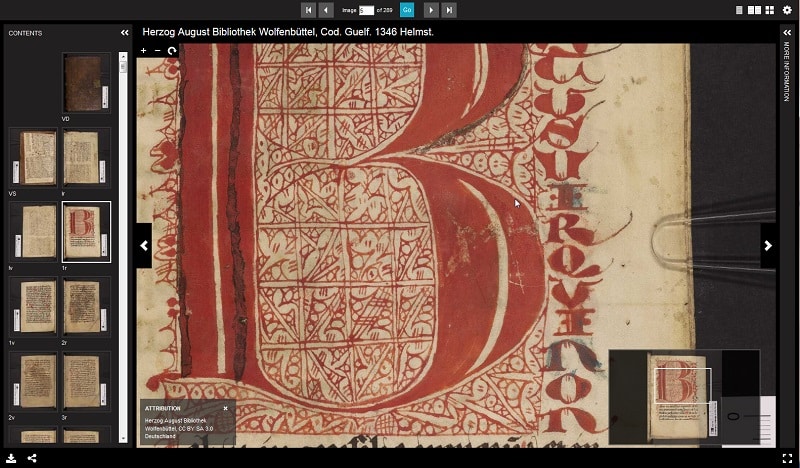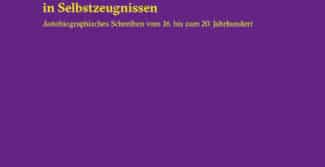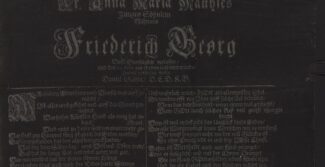18 December 2019
IIIF was invented in the context of the digitisation of cultural assets and is being further developed by a growing community of cultural institutions. The rollout of IIIF technology is being tested at the HAB in the context of the Polonsky Foundation digitisation project ‘Manuscripts from the German-speaking lands’, a three-year cooperation between the Bodleian Libraries and the HAB. The two libraries will digitise roughly 600 manuscripts between 2019 and 2021.
The IIIF Consortium’s response to the challenges of digitisation was to define programming interfaces (see box) and thereby ensure an optimum user experience when displaying, comparing, editing and annotating images. Special emphasis has been placed on the interoperability of the digital files. Traditionally, every library has its own image repository (colloquially and disparagingly known as a ‘data silo’), which can be accessed using a variety of different viewers. The programming interfaces defined by IIIF are universal tools that allow simultaneous access to digitised files from several repositories.
IIIF was implemented at the HAB with the participation of the manuscripts department as well as staff members from the digital library, the photo workshop, and the IT department. It goes without saying that an innovation of this sort also involves infrastructure changes and adaptations to workflows.
The results of the test phase of this unifying technology at the HAB can be seen in the digitised manuscripts from the German-speaking lands, which can be viewed on the project website.
Here the introduction of IIIF has made something possible that would previously have involved major organisational efforts: digitised files from both institutions can now be displayed simultaneously, together with standardised notes. The close cooperation between the Bodleian Library and the HAB thus becomes palpable for viewers of the digitised files.
The technical nitty-gritty …
IIIF defines the following four application programming interfaces or APIs:
The image API … supplies pictures for image-based digitised cultural assets. Information such as the region of origin, size, rotation, quality criteria and format of the requested image are sent via the internet address.
The presentation API … supplies metadata (in the JSON-LD format) describing the structure and content of the digitised object. These metadata indicate the object type and the order in which the digitised pages should be displayed.
The authentication API … serves to regulate access to certain objects if required and allows access controls to be implemented.
The content search API … enables full-text searching and annotations within an object.










